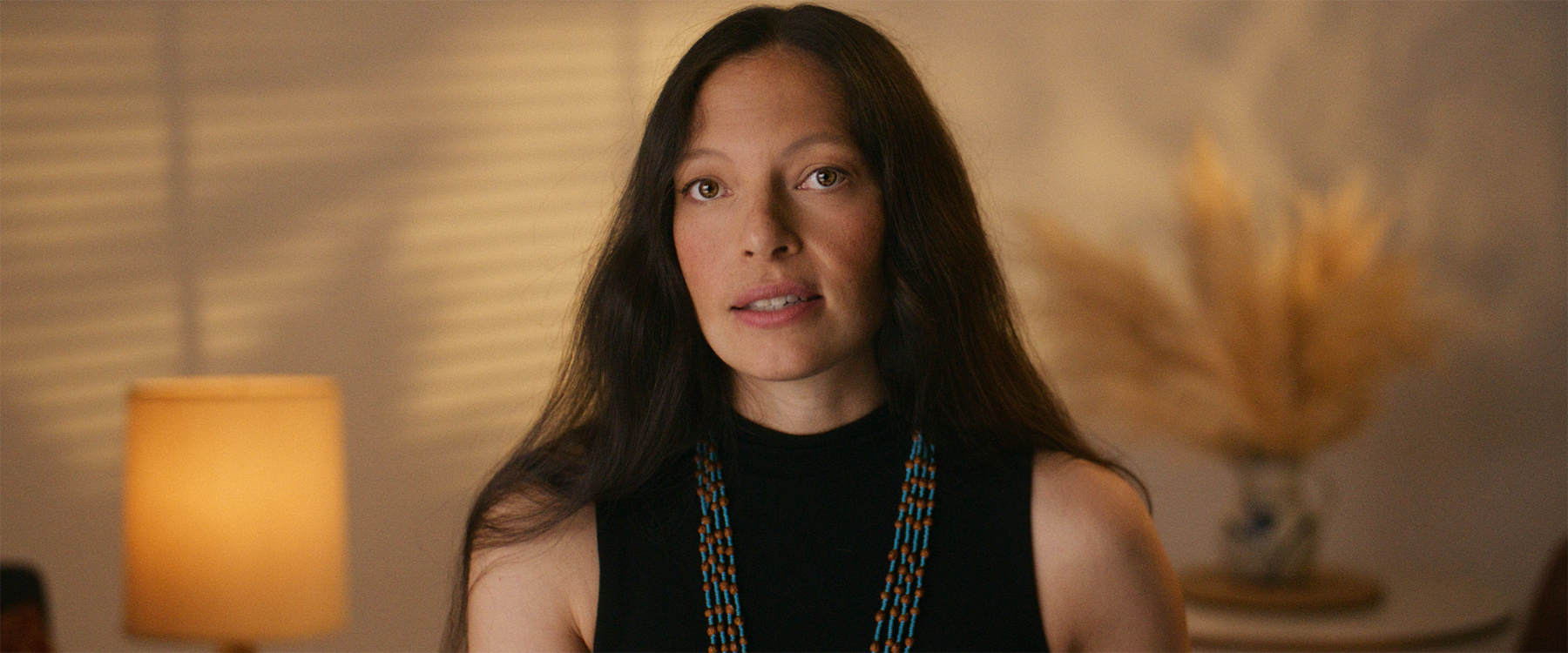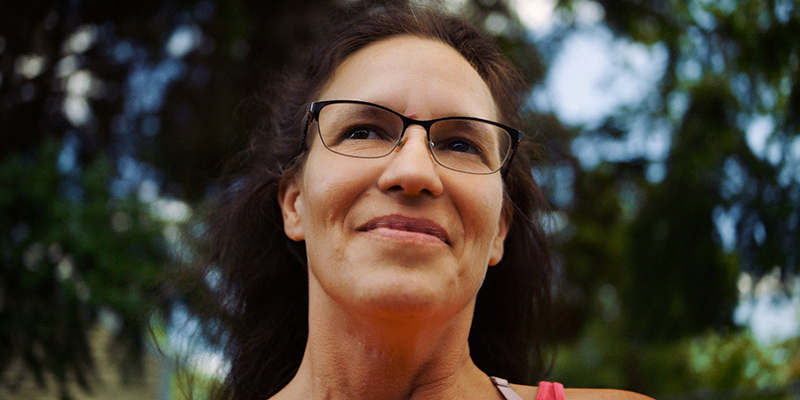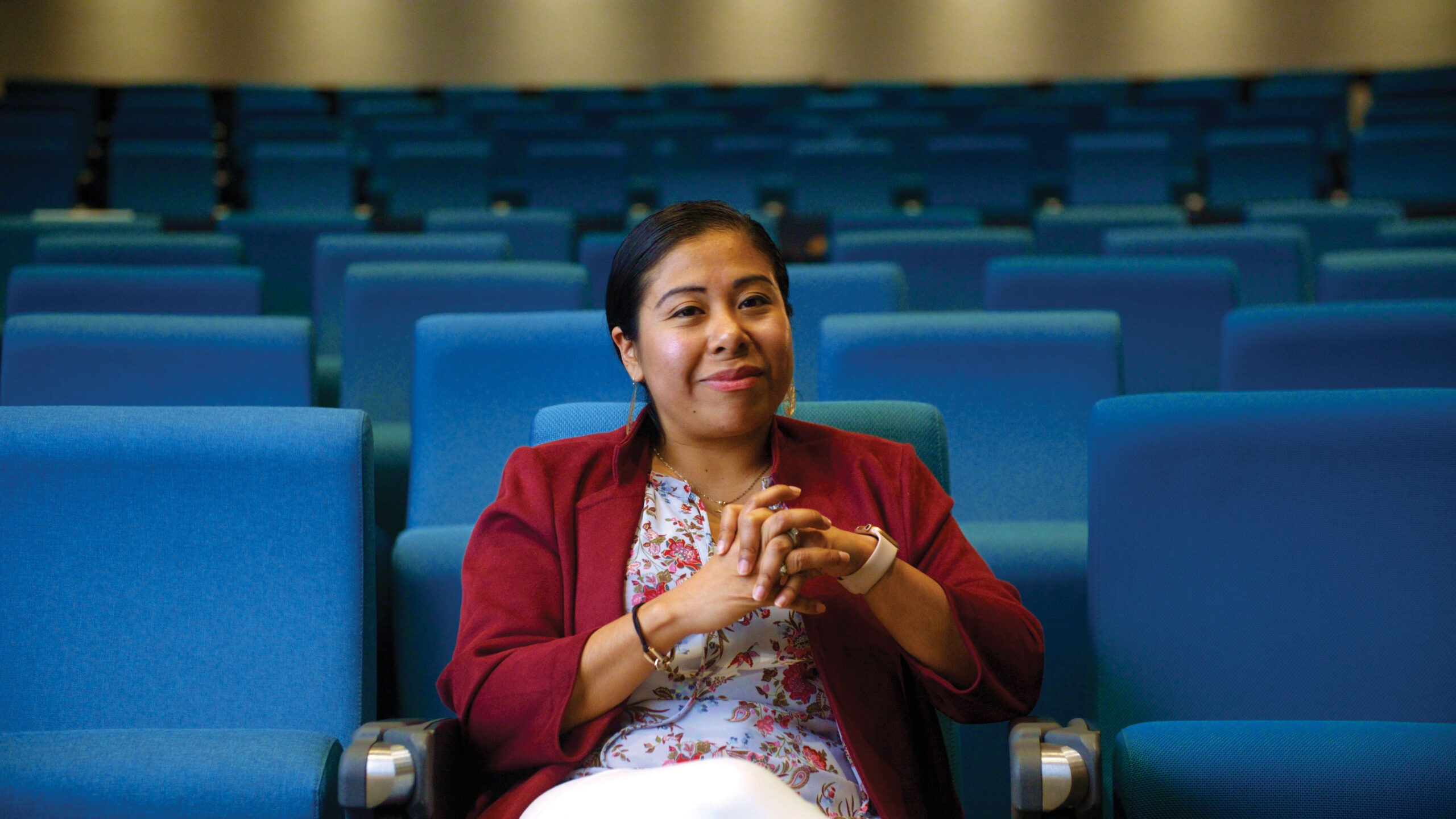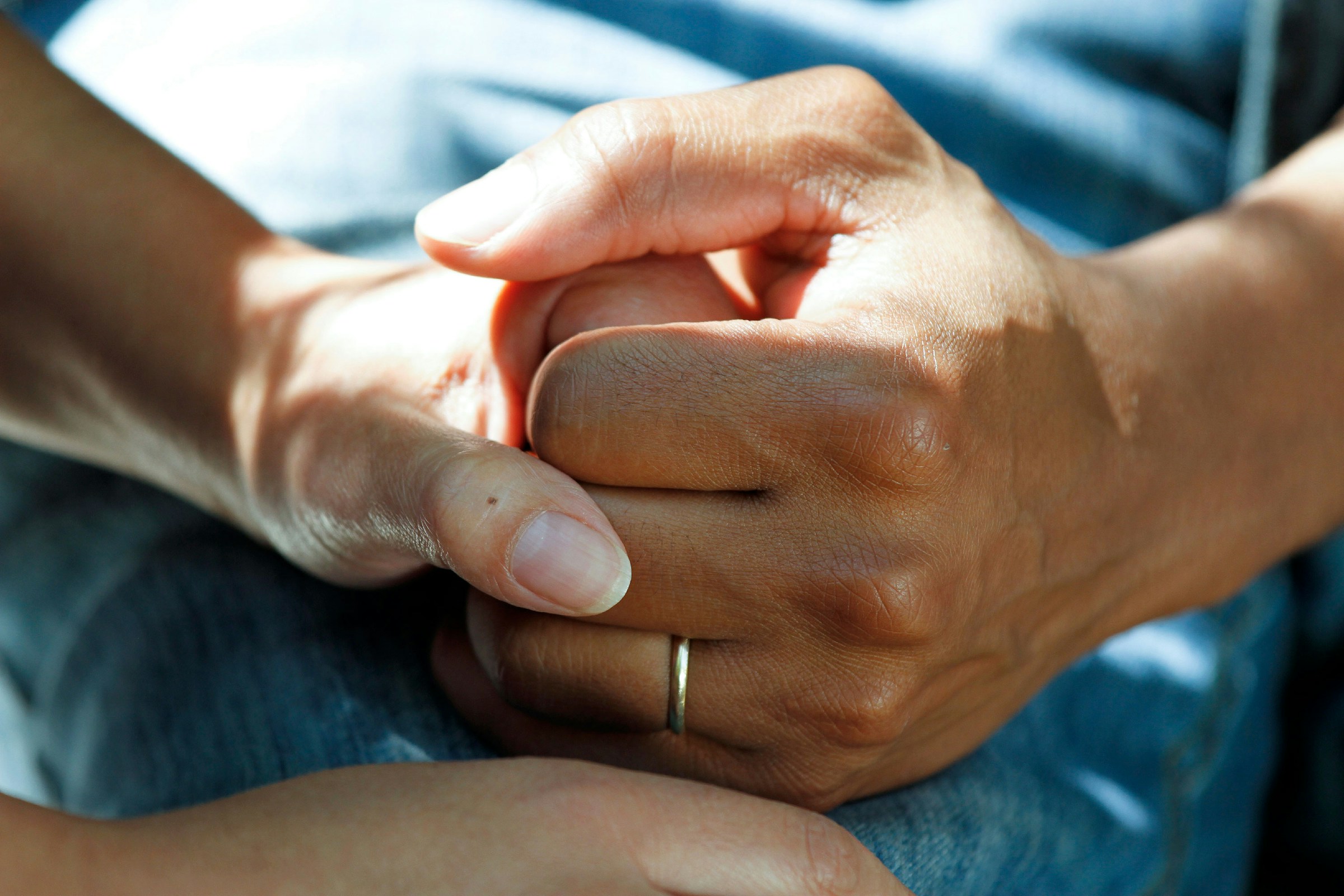Gynecologic oncologist Amanda Bruegl, M.D., an associate professor of obstetrics and gynecology in the OHSU School of Medicine, is working to eliminate one of the leading causes of death worldwide among women: cervical cancer.
Though significant strides have been made in cervical cancer prevention, underserved populations suffer its impacts at drastically higher rates. Through her work as a researcher and physician, Bruegl is committed to confronting the inequities that lead to a disproportionate share of the cervical cancer burden.
In this Q&A, Bruegl discusses the impacts of cervical cancer, who it affects the most and how her work seeks to identify and dismantle the systemic disparities that exacerbate its incidence and mortality.
Can you summarize the impact of cervical cancer and its history in the United States?
In the United States, there are about 13,000 to 14,000 new cases per year, and about 4,000 women die of cervical cancer each year.
Cervical cancer and death from cervical cancer is largely preventable. In the 1960s, something came into clinical practice called the Pap smear, and this drastically reduced the rates of cervical cancer among all populations. It’s a clinically-based test that your provider does where some sampling of cells from the cervix are taken and looked at by a cytologist. If you see abnormalities or cancer, you can often detect it early or treat when it’s a pre-cancerous disease. So, since the 1960s, cervical cancer rates have greatly plummeted. Then in the 1990s, the FDA approved a vaccine to prevent the acquisition of the HPV virus — the virus known to cause cervical cancer. So, between these two tools, we have a powerful way to reduce the incidence and the mortality from this disease.
What are some barriers in detecting and treating cervical cancer, and who do they impact?
In the United States, the vast majority of people who get cervical cancer are between the ages of about 35 and 45. We see that there is a much higher rate of cervical cancer occurring in our underserved populations — people who are underinsured, minority populations, migrant populations, undocumented citizens. These are the people who have an overwhelming share of the burden of cervical cancer.
There are many different barriers out there, so if you look at health care access, there are many women who are underinsured and uninsured. So, to have to pay out of pocket or to have to pay a fair amount for the screening test, that can be an insurmountable barrier when you’re trying to put food on the table for your family or when you’re trying to get gas in your car to get to work. With the advent of the Affordable Care Act, that has much improved. There are also national programs to help increase the rates and access of cervical cancer screening.
But there are also women with a history of sexual trauma. About 1 in 3 women have experienced sexual trauma. The Pap smear procedure is a pretty intimate exam. If somebody has experienced violence on their body before, it can be very difficult to garner the energy and resilience to go through this procedure where a provider examines the cervix. Different populations have higher rates of sexual trauma and intimate partner violence than others. Underrepresented minorities also have higher rates of sexual trauma and violence than some of our other populations.
How does your research aim to better address cervical cancer and the inequities that exacerbate its devastating effects?
The way I want to try and make change in the world is through cervical cancer prevention. I am particularly interested and committed to cervical cancer prevention within the American Indian, Alaska Native community, but also for our rural women who experience disparities, as well as underserved women. Native Americans in Oregon get cervical cancer 1.5 times more than the general state population and die from it two times more often.
There are many different avenues of which I’m exploring cancer prevention. Are we using our cervical cancer prevention tools? Do our higher-risk communities and our communities who are suffering a greater disparity from this disease have access to this Pap smear screening and HPV vaccination? Are they using these tools? And if not, why not?
I’ve studied HPV types in one tribe in Oregon and am expanding that work to several tribes. I’m examining which HPV subtypes are most common among Oregon Native Americans. The most common HPV vaccine covers most of the HPV subtypes associated with cancer, but not all. Are Native Americans largely affected by subtypes that are already covered in current vaccines? Or does vaccine coverage need to be expanded in Native American and other communities that experience a greater burden of HPV-related cancers.
I’m also looking at some of the ways to reduce barriers. We talked a little bit about sexual trauma. What if there was a way to have cervical cancer screening where you didn’t have to go into the doctor’s office, your provider’s office, get undressed and become physically vulnerable? There is something called HPV self-collection, which isn’t quite yet incorporated into national guidelines. But I’m looking at how this concept is perceived by different populations — women, Native women, post-menopausal women, underrepresented minorities — and really investigating how to incorporate this into practice. How do we increase the ability and comfort of women to cervical cancer screening and prevention in their own lives?
What helps get you through particularly difficult or stressful days?
When you do what you love, passion moves you forward. Because when you’re tired, when you have an 80-hour work week, when you have a tough patient scenario, when you have to have a family meeting and deliver some tough news, knowing you were using every one of your skills to better humankind, to better someone’s life, that’s what propels you forward. That’s what gets you through the fatigue. That’s what gets you through the moment. And if you’re using your gifts the way you’re supposed to, the energy follows. If you’re on the right path — it’s not going to be easy, necessarily — but things are going to keep moving forward.





